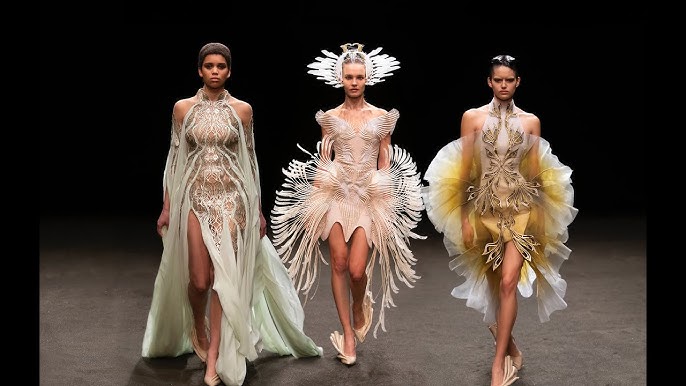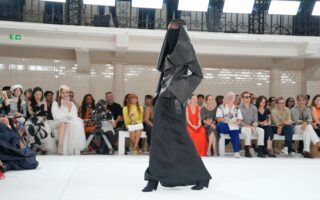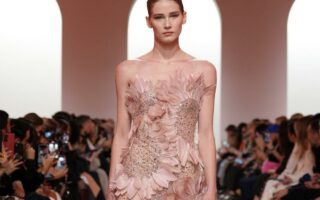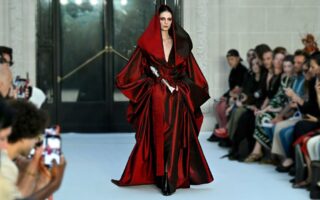Throughout the 20th century, haute couture emerged as the pinnacle of creativity and craftsmanship, where the famous designers Yves Saint Laurent and Karl Lagerfeld expanded horizons concerning what fashion could be. Their innovative approaches took a new turn not only in realigning the aesthetics of clothes but also redefining the role of women in society, with fashion becoming one avenue toward self-expression and a mighty tool for empowerment. All the same, this scintillating world of fashion haute couture went through strong tests, especially in the 1970s, when the unquestionable predominance of mass production, together with strict regulations, resulted in the collapse of a number of famous couture houses. Indeed, many brands were fighting to hold their artisanal heritage against the backdrop of an increasingly commercial fashion environment.
Haute couture entered once again into the 21st century, showing its resilience and adaptability. The introduction of unisex collections and exclusive shows, such as those staged in Shanghai, marked the changed face of the industry and its growing amenability to change. A milestone was achieved in 2013 when Rad Hourani became the first designer to show a collection of unisex couture. The audacity of such a move not only stretched the concept of traditional gender roles in high fashion but further underlined the ability of haute couture to make a response to today’s cultural mood. With Hourani’s vision, the lines of masculine and feminine wear started to blur into a hopeful future of Fashion where there is absolutely no discrimination.
Other expansions into newer territories were when, in 2014, Christian Dior staged its debut haute couture show in Shanghai, marking one more significant milestone in the brand’s global outreach. This move epitomized how the luxury market was increasingly interested in Asian markets, along with increasing accessibility of haute couture to a broader audience. The same year, Ralph & Russo went down in history as the first British brand to gain entry into this select haute couture list for over a century and immediately raised excitement about what the future held for British fashion.
This was also supplemented by changes in the leadership of the industry. For example, Ralph Toledano took over from Didier Grumbach as a means of steering the couture into more modern contexts without losing its rich traditional contexts. Consequently, new visions started to emerge that reiterated innovation in haute couture.
What’s more, haute couture in the 21st century also increasingly sets out to narrow the gap between fashion and art, with designers using unconventional materials and avant-garde silhouettes. Digital technology also started playing an important role whereby designers could, with ease, get exposed to a wider audience and rethink the presentation of couture through virtual runway shows and online exclusives.
Haute couture represents the first steps toward luxurious details and exclusive collections that will become the signature elements of the atelier and its grand showcases. These are for customers who want their clothes to be as ostentatious as those the royalties wear during the 1980s and 1990s; timeless elegance is in every stitch, every fold.
High fashion has moved forward, embracing diversity, challenging convention, and celebrating creativity. It is a dynamic sphere in which the rich history of tradition meets the exciting possibilities of modern innovation, thus keeping alive and highly influential the concept of haute couture in the fashion world.




